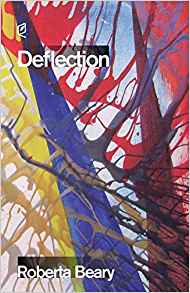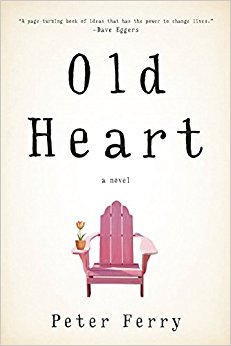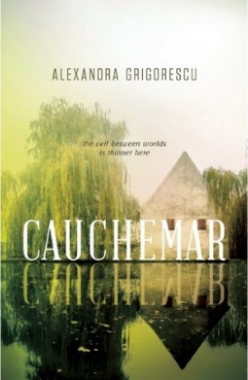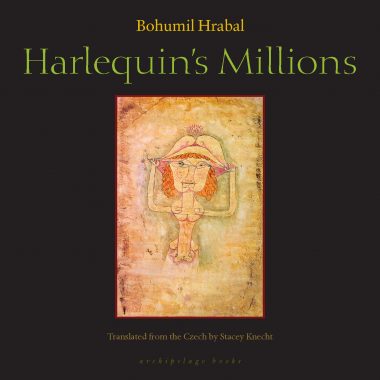Picture a small castle, built in the 1600’s and set atop a hill. It’s surrounded by mature trees, filled with murals and frescoes on the walls and ceilings, and is guarded by a massive iron gate, which has metal tendrils formed into the shape of fallen angel’s wings. But this castle is no longer a royal dwelling for Count Špork – it is now a retirement home. Harlequin’s Millions was written in 1981 by Bohumil Hrabal, a Czech author, and was finally translated into English in 2014 by Stacey Knecht. As a translated work, the ebb and flow of the prose does take some getting used to – there are single sentences that can span multiple pages. But the strange rhythm fades away easily as the story takes shape. This remarkable book follows a woman who has just moved into the castle as its youngest resident. Hrabal was a deeply intentional writer, and gave his main character an incredible dual perspective: her observations of those much older than herself, and her observations of herself as she becomes one of them.
More than anything, this book is a testament to the untapped and oft-ignored wisdom of the elderly. Society frequently forgets how much the elderly have seen and absorbed and lived through. They are rarely considered a resource today, which to my mind is a tragedy. Hrabal crafted several residents of the retirement home to stand out from the rest, each with their own intense individuality. The three old men, who the main character refers to as “the witnesses to old times,” who can remember every person, shop, event, victory, and tragedy of their small town in shocking detail. The German woman who continually relives the same moment of her life from 1945, packing her belongings into a tablecloth and handing her identification papers to anyone she believes might be the soldier who has come for her. There are several of these characters, and to me, they are the most poignant and important details of the entire work. They make you consider the expansive lives that the elderly have lived, and all the secrets they simply don’t think you care to hear.
I’m a sucker for great description and talk about it a lot; and there’s no lack of that in Harlequin’s Millions. But the real fire under this book is the mood. “Evocative” is a word that seems overused these days, but Hrabal’s writing is precisely that. It is a mood that’s felt in your chest cavity as you read. It’s a palpable understanding of sadness, loneliness, misunderstanding, and a desire for what you once had, or to be that which you once were. The setting itself of the castle and the grounds sways between giving off a poignant whimsy and a poetic bitterness, and then of course, there is Harlequin’s Millions. I was previously unaware of this, but “Harlequin’s Millions” is actually a piece of classical music. In the book, it is pumped through a loudspeaker system on the castle grounds. It’s an incredible literary device here, and illustrates the absolute stagnancy of time and optimism at the castle. When combined with the story itself, the result is a carefully crafted mood that moves the book along somberly and slowly, but gracefully – it’s nearly a reflection of the characters themselves.
Hrabal unabashedly used symbolism in his writing, and one of my favorite instances in Harlequin’s Millions (among many) is his use of art. For instance, statues are all over the grounds of the castle, and are often young men and women, cherubs, dancing ladies, etc. They are representations of perpetual youth, but they have eroded and mildewed after years of weather and neglect. Young on the inside, old on the outside. A grand painting of young, strong men fighting brave battles is on the ceiling of the castle’s dining hall. It looms over the elderly below, who listlessly pick at their food, or cannot even ladle themselves a portion of soup due to Parkinsons disease. There are innumerable instances of these contrasts – youth and vigor vs. age and fragility. It adds an entirely new level of profundity to the inevitability of aging, and illustrates the residents’ acceptance of this in an unexpected way. As a last mention of symbolism, a more obvious and direct one, I’ll allow this excerpt to speak for itself:
On the wall was a sign: How do our ladies pass the time? I didn’t understand it, and read the message again. How do our ladies pass the time? It was framed behind glass. How do our ladies pass the time? And on the little table and the next one and the one after that, I made my way down the corridor…amazed at first, then I reached out and touched the baby clothes, baby bibs, a baby bolero, even some swaddling bands…knitted booties embroidered with flowers, blouses and smocks, sunbonnets and caps with earflaps, tiny gloves that brought tears to your eyes, pairs of mittens joined together with colorful string, muffs. Yes, this was the work of the old women who sat here in the sun crocheting and whose knitting needles cast reflections on the ceiling…This was no handiwork exhibition, nor was it an answer to the question of how our ladies passed the time, here on these tables lay the things the old women couldn’t give up, here lay the suppressed and for that reason constant and everlasting necessities no woman could live without, not even an old lady, a pensioner in Count Špork’s former castle…
Harlequin’s Millions is not just a slow, rambling study of old people. There is excitement which takes form in moments of surprise, epiphany, and sometimes terrifying realization. Hrabal swung the spotlight around to shine on those who are usually the quiet audience, and gave them a strong voice with which to portray their stories. My own Grandpa (who is nearly 93 now) recently told me that when he was 19 years old and stationed in Italy during World War 2, he buried a bottle of champagne somewhere near Lake Garda. He remembers exactly where he put it, but when he went back to visit Italy nearly 70 years later, there was a new building constructed on the site. It’s stories like these that I believe Harlequin’s Millions urges us not to lose to the unstoppable ticking of the clock.




